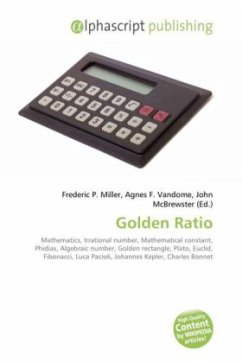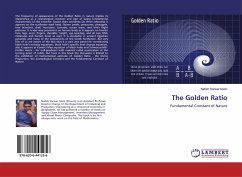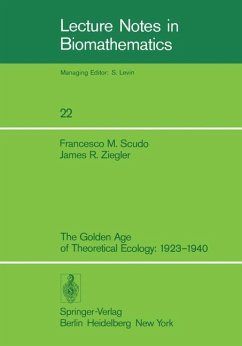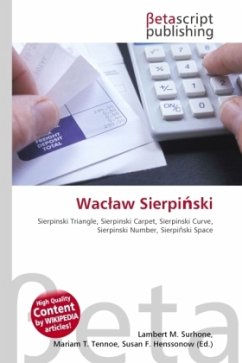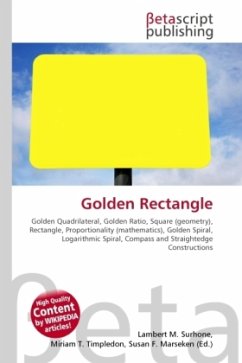
Golden Rectangle
Versandkostenfrei!
Versandfertig in 6-10 Tagen
23,99 €
inkl. MwSt.

PAYBACK Punkte
12 °P sammeln!
High Quality Content by WIKIPEDIA articles! A golden rectangle is one whose side lengths are in the golden ratio, 1: phi, (one-to-phi). A distinctive feature of this shape is that when a square section is removed, the remainder is another golden rectangle; that is, with the same proportions as the first. Square removal can be repeated infinitely, in which case corresponding corners of the squares form an infinite sequence of points on the golden spiral, the unique logarithmic spiral with this property. According to astrophysicist and math popularizer Mario Livio, since the publication of Luca ...
High Quality Content by WIKIPEDIA articles! A golden rectangle is one whose side lengths are in the golden ratio, 1: phi, (one-to-phi). A distinctive feature of this shape is that when a square section is removed, the remainder is another golden rectangle; that is, with the same proportions as the first. Square removal can be repeated infinitely, in which case corresponding corners of the squares form an infinite sequence of points on the golden spiral, the unique logarithmic spiral with this property. According to astrophysicist and math popularizer Mario Livio, since the publication of Luca Pacioli's Divina Proportione in 1509, when "with Pacioli's book, the Golden Ratio started to become available to artists in theoretical treatises that were not overly mathematical, that they could actually use," many artists and architects have proportioned their works to approximate the form of the golden rectangle, which has been considered aesthetically pleasing. The proportions of the golden rectangle have been observed in works predating Pacioli's publication.





